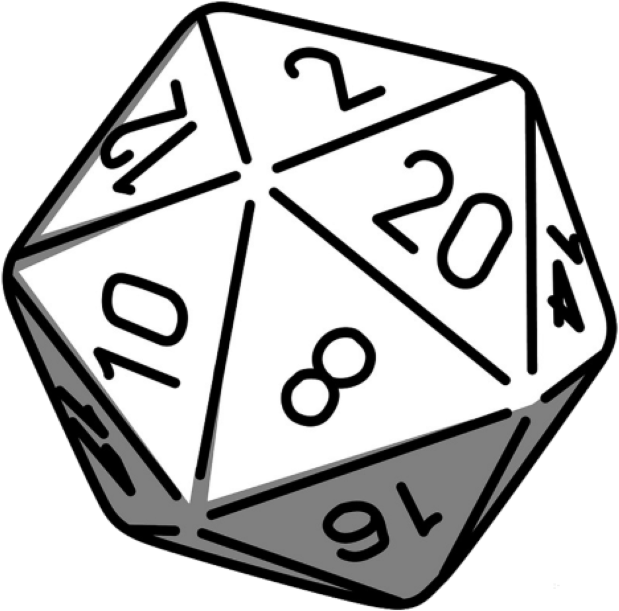Hi, I was writing a campaign setting that was meant to be a heavy metal, sword and sorcery, Robert Howard style setting.
Trouble is I’m stuck for a system, initially I went with DnD 5e just cos it has so many tools for making monsters and encounters, but then I picked PbtA as a particularly troperific system.
Now I’m kinda stuck, cos PbtA doesn’t seem to have as much meat on it. Anyone have any advice or suggestions for systems?


I don’t understand why you think the moves and playbooks are bass-ackwards? Do you not like that the GM never rolls? Mechanically, pbta is a class-based system with stats. The main rolling mechanic is 2d6+stat where the moves provide advice for which stat to roll. The playbooks are character sheets customized to each class, saving some time on the player in filling out a generic character sheet.
The results of the 2d6 roll are:
10+: player does what they want (yes)
7-10: player does what they want, but there’s a catch (yes, but)
<7: GM gets to do something (no)
I’m sure other games have done something similar before, but this was my first exposure to this resolution table, and I really liked it. It changed how I GM games. This was also my first experience with a system without some sort of initiative roll, or 1 action per round, or whatever. Play the game by having a fun conversation and players roll dice when there is a conflict. Certainly other folks have been doing this for years, but dungeon world allowed it to click for me.
I’m certainly not going to defend pbta as a perfect system, some moves are too specifically designed that a player focuses on only that move, but overall pbta strikes a good balance between a rules-light and a structured, class-based system.
I call it bass-ackwards when (and I freely admit that I may have this wrong because, as I said, the various attempts to explain the system tend to suck because they’re all breathlessly talking as if narrative, rules-light systems are new and unique to PbtA) you say what you’re going to do and then look up a list of approved “moves” to see which is least distorted when applied to the situation. I don’t really find menus of permitted moves liberating or free-form. I find it rather constraining and ugly.
OK, for some really weird reason I can respond to you but not to @[email protected]. So I’ll put my response to his question here. This is not a response to you, just me working around a weird problem:
What they most remind me of are the “drama deck” of games like Torg, Shatterzone, and Masterbook. When those were introduced I saw what they were trying to do: by providing a mechanical benefit to doing something other than “I try to hit him with my sword/gun/whatever”, they were trying to induce people to do more creative things. And while some elements of the drama deck were very effective and innovative ways to reflect the ebb and flow of dramatic situations (not just combat), the “approved actions” part (which is what “moves” look like to me) was, as far as I’m concerned, an abject failure.
The intent of an approved action was simple: if you succeeded at an approved action, you got to draw a new drama card for your hand. The approved actions were things like “attack”, “defend”, “test of wills”, “trick”, “taunt”, etc. And the problem with them was that people, to get that mechanical advantage, would contrive just the DUMBEST THINGS IMAGINABLE to get that sweet, sweet card draw. A lot of situations that were plenty dramatic without the drama deck started becoming farcical instead.
These “moves” look to me like the drama deck’s “approved action”. Only somehow even worse since they’re always there, not switched out on you. They feel like a proverbial “Chinese Restaurant” menu: one from column A, two from column B and then people act as if this somehow liberates them. To me it feels like it constrains them. I don’t even see what problem they were trying to solve by having these, which makes understanding their appeal impossible, as you can imagine.